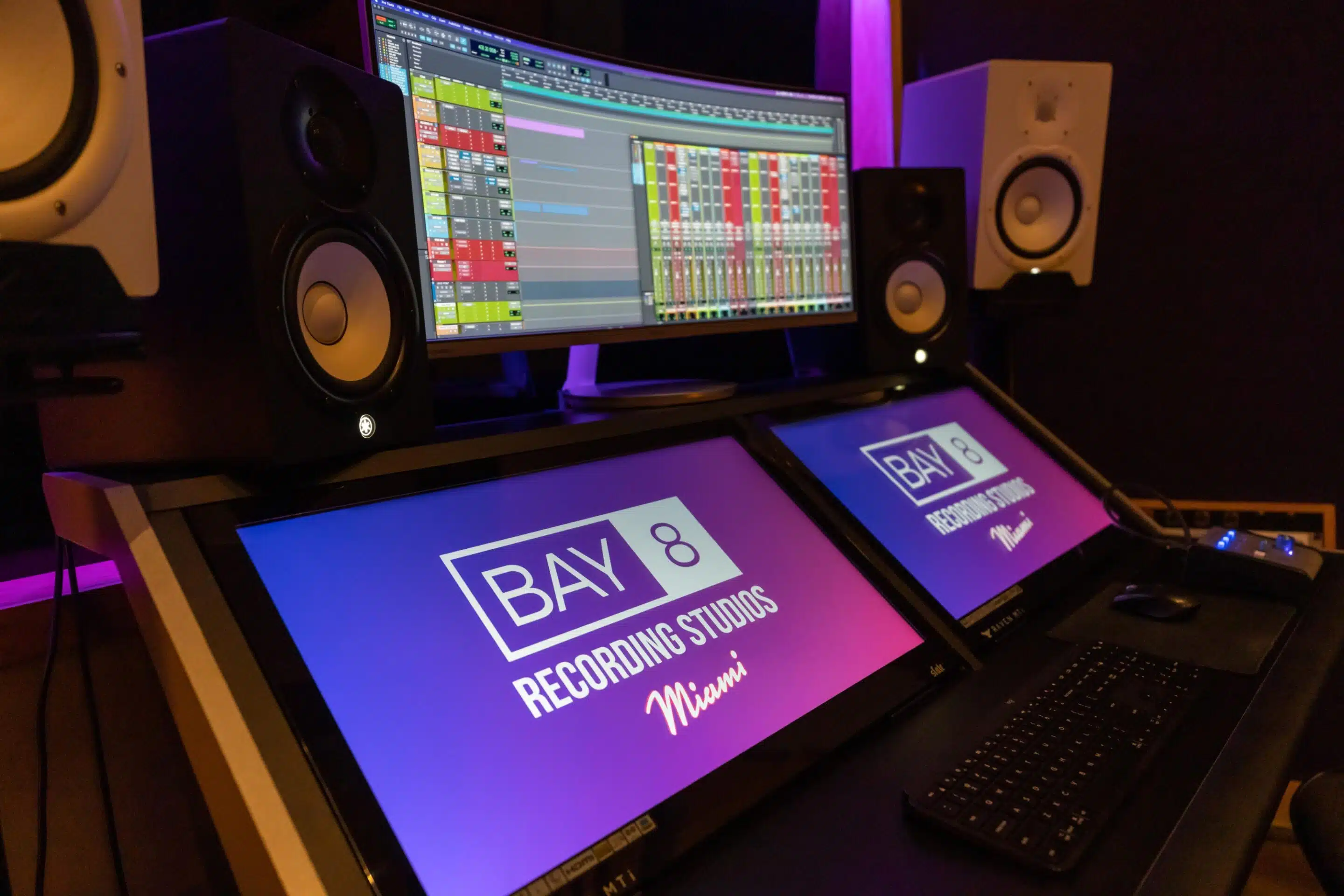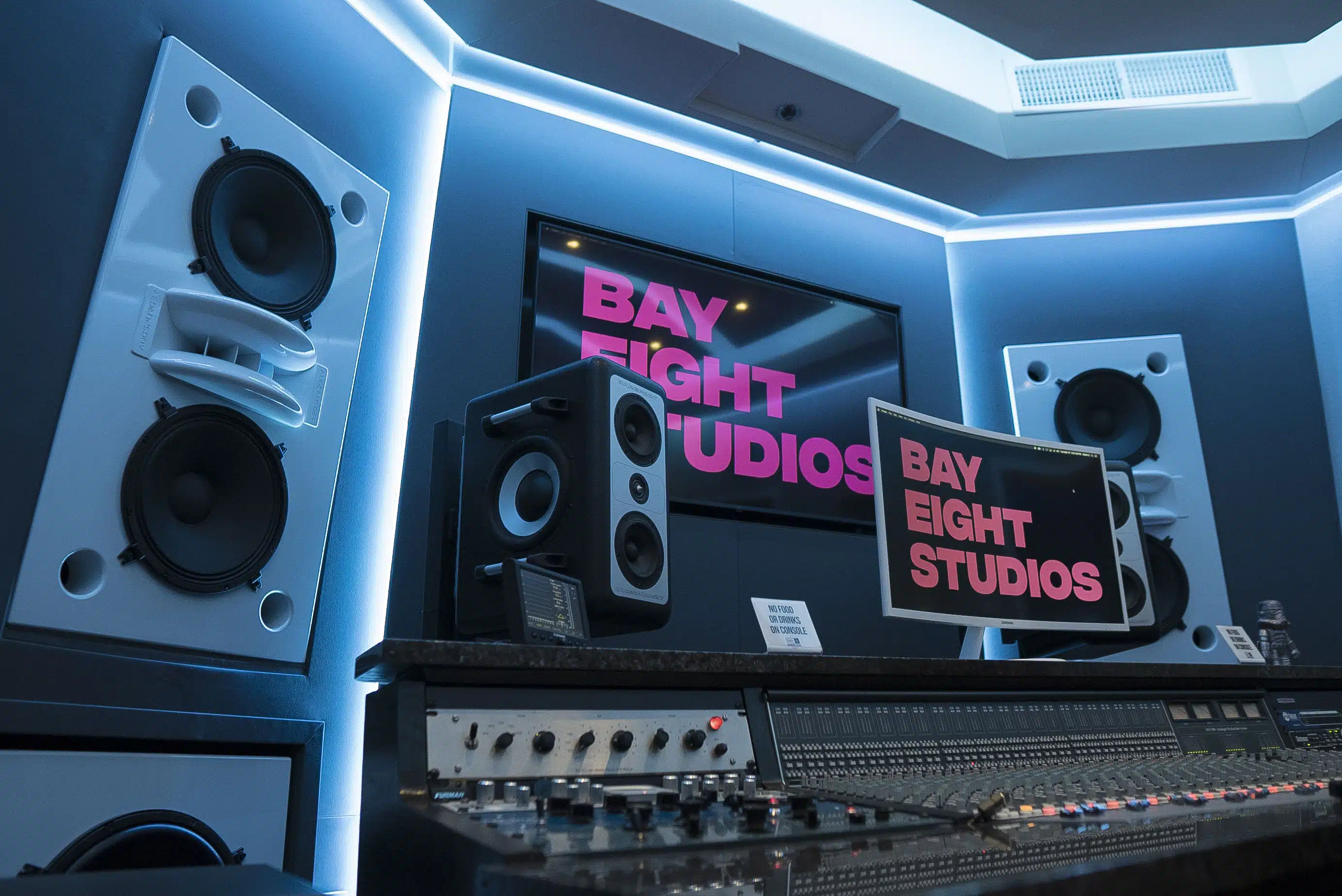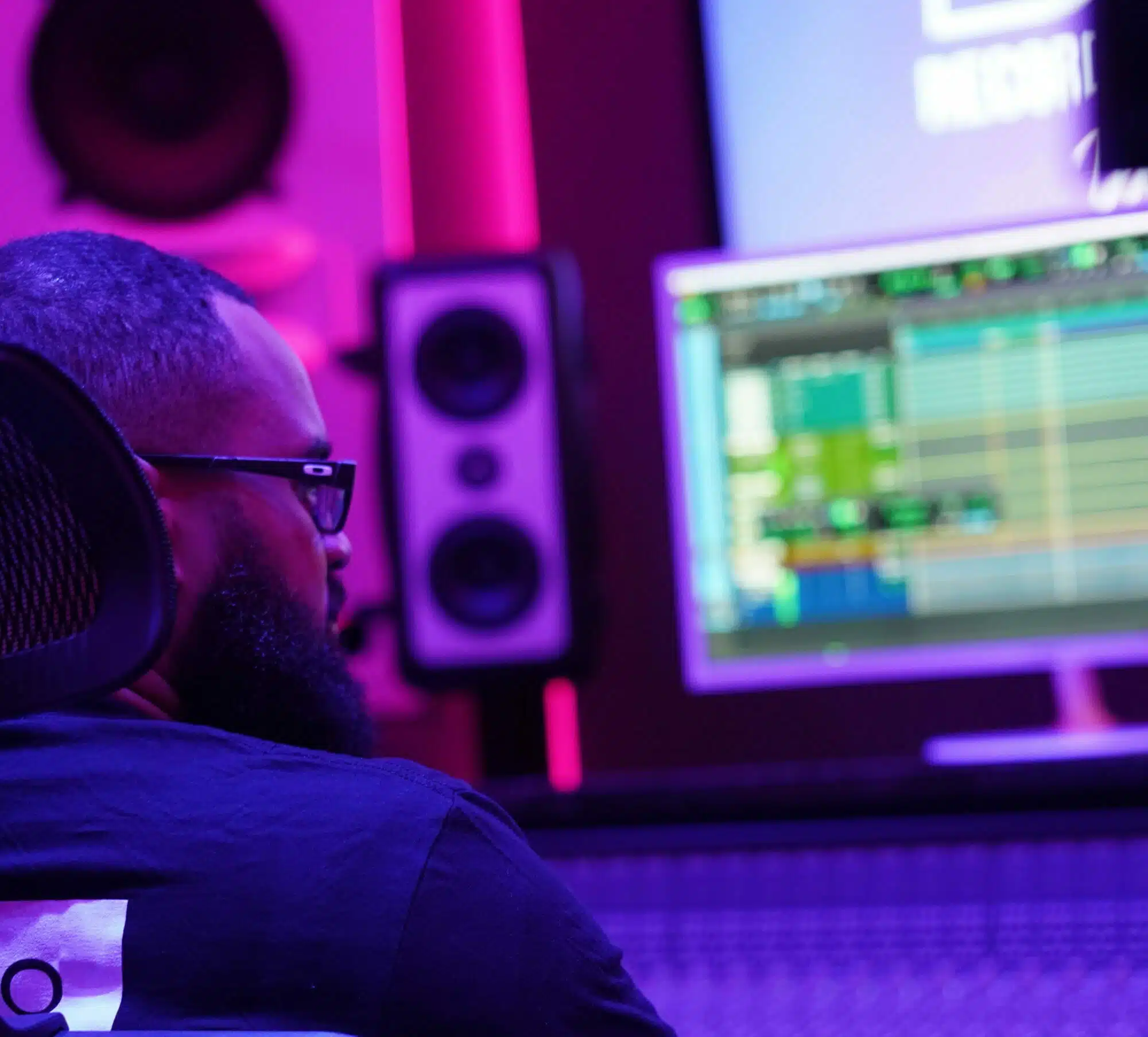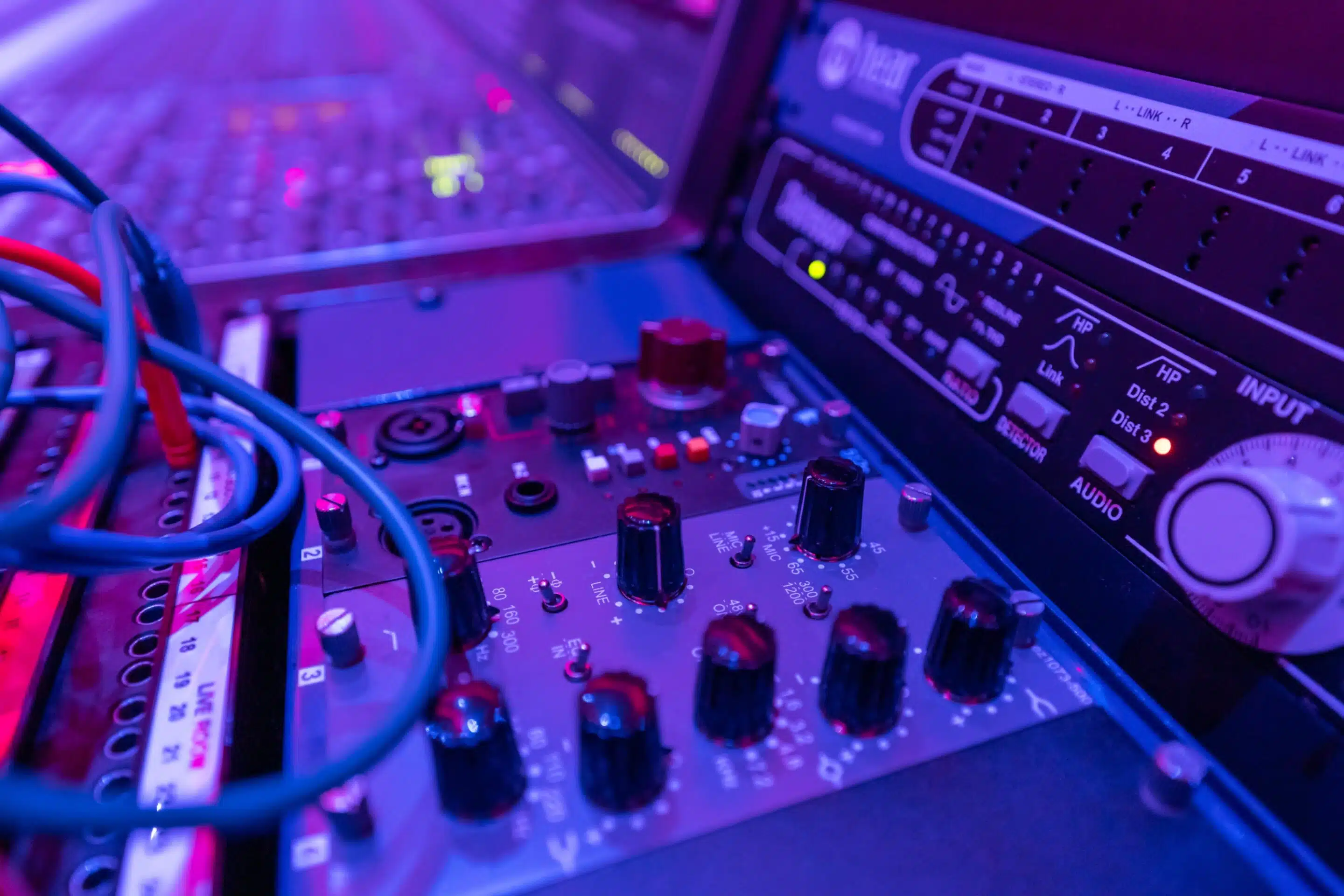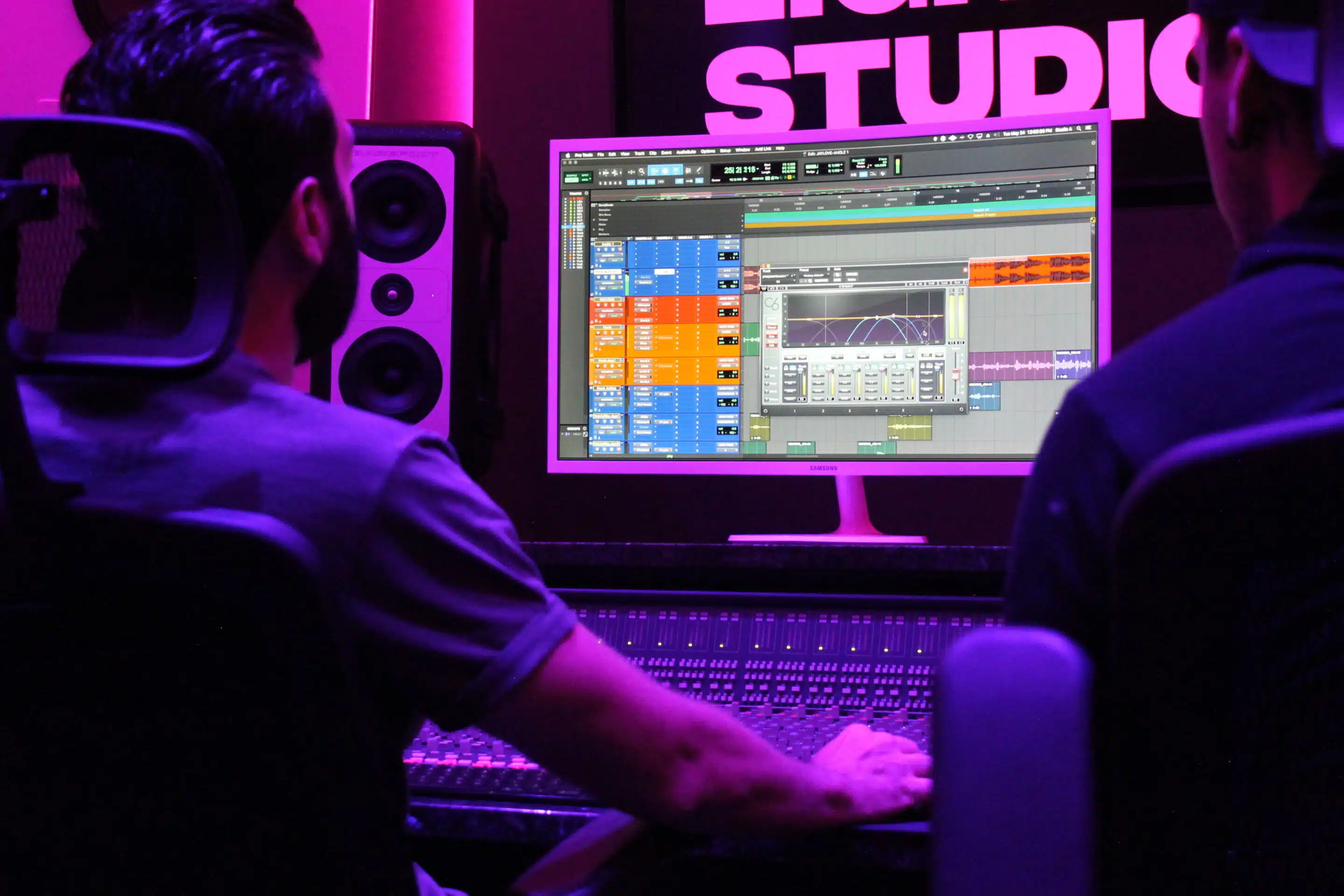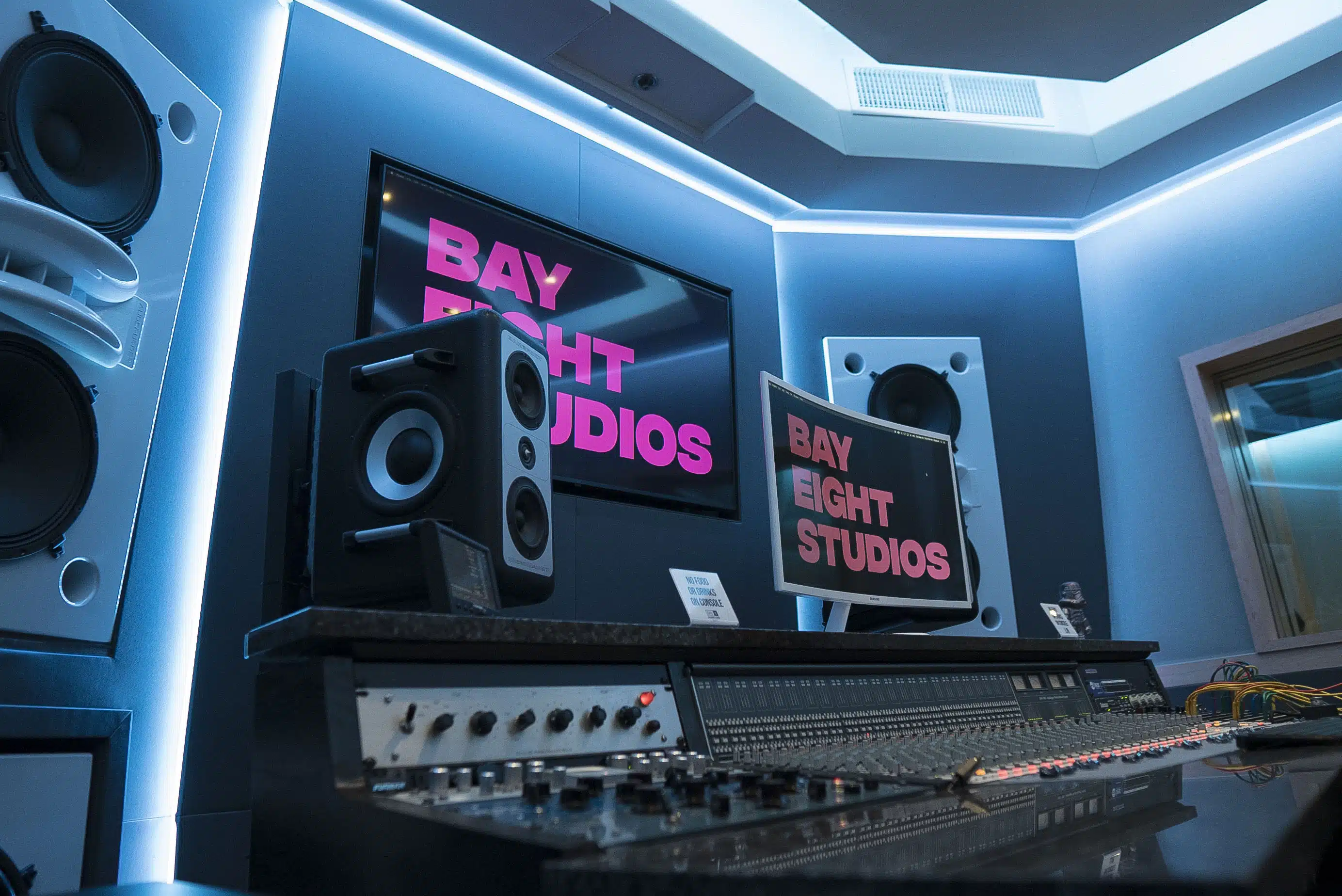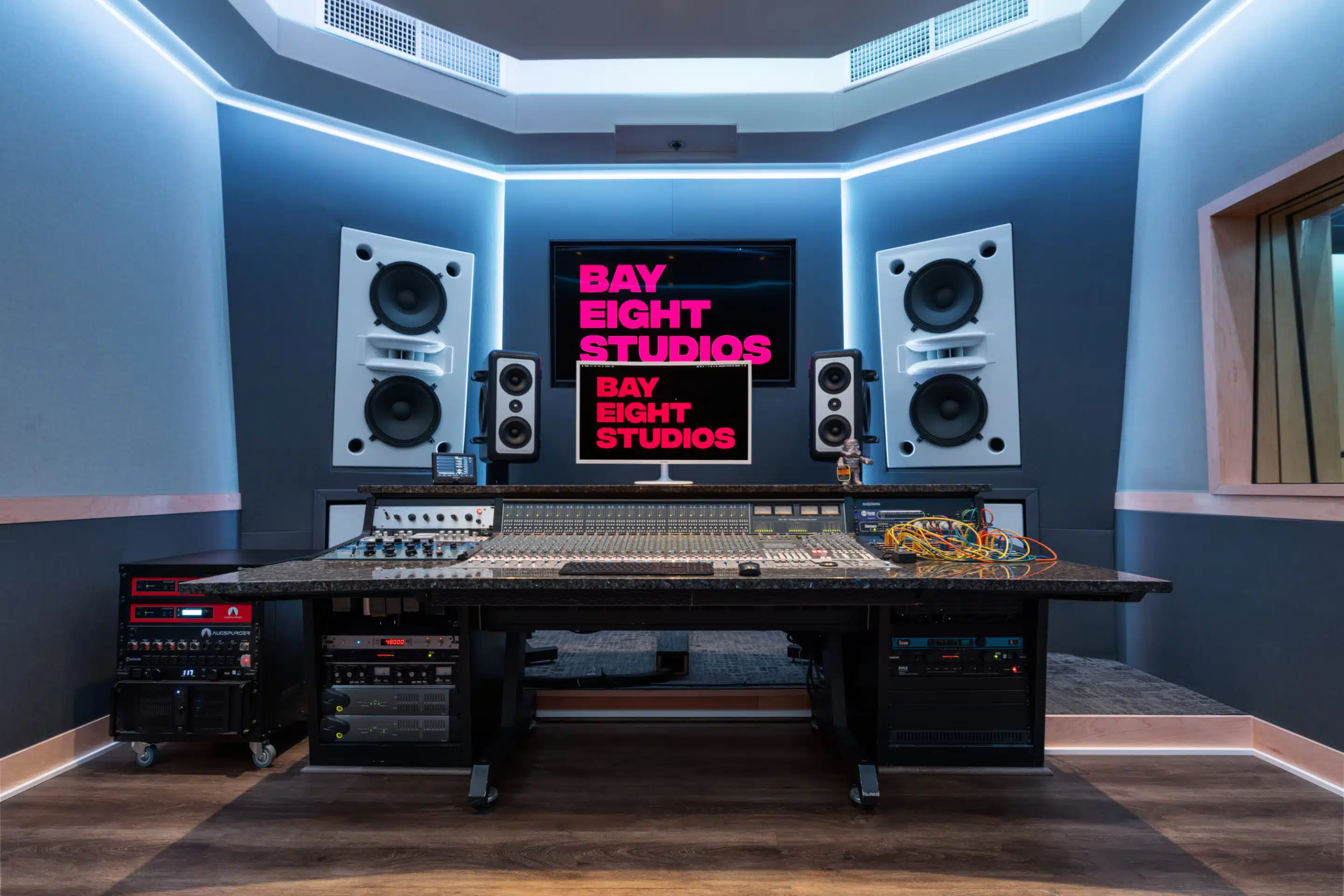Are you ready to unleash your creativity and take your music production skills to new heights? This comprehensive guide on how to mix your music will provide you with the knowledge and techniques you need to create professional-sounding mixes. From understanding the basics of audio mixing to exploring advanced techniques and mixing different genres, we’ve got you covered. Let’s dive in and start you on your mixing journey!
Understanding the Basics of Audio Mixing
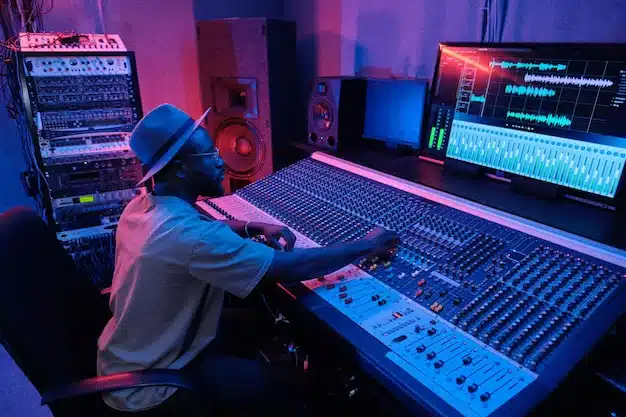
Before diving into the depths of mixing techniques, it’s crucial to grasp the fundamental concepts of audio mixing and the importance of mixing and mastering. Mixing is the process of blending and balancing individual tracks to create a cohesive sound, which is typically overseen by a mix engineer. Each track in a multitrack recording is adjusted in terms of volume, panning, and frequency range, to create a great sounding mix.
Mixing engineers use a range of mixing tools, such as equalization, compression, and reverb, to sculpt the sound of each track and make the project cohesive. Let’s explore the roles and responsibilities of a mix engineer and the essential terminology you need to know.
Essential Mixing Terminology
To effectively mix music, it’s important to understand essential mixing terminology. Gain staging refers to adjusting the volume of individual tracks to produce a balanced mix. Headroom is the space between the highest peak of a track and 0 dBFS, which allows for proper mastering later on.
The frequency spectrum is the range of frequencies present in a track, and managing it is crucial for achieving a clear and balanced mix.
Setting Up Your Mixing Environment
Setting up a proper mixing environment is a critical step in achieving professional-sounding mixes. This involves selecting the right Digital Audio Workstation (DAW) and ensuring optimal monitoring conditions with studio monitors and headphones. DAWs have become the standard mixing platform due to their ability to perform a variety of sound processing tasks, automate nearly all operations, and recall settings for any mix instantly.
Let’s take a closer look at how to choose a DAW and set up your monitoring equipment.
Choosing a DAW for Mixing
Selecting the right DAW for mixing involves researching different options and focusing on learning the chosen software’s workflow. Popular choices include Logic, Pro Tools, Ableton Live, FL Studio, and Cubase. Each DAW has its unique features and workflow, so it’s essential to find the one that best suits your needs and preferences.
Once you’ve chosen a DAW, dedicate time to mastering its tools and functions to ensure a smooth and efficient mixing process.
Setting Up Studio Monitors and Headphones
Properly setting up studio monitors and headphones ensures accurate audio representation during the mixing process. Studio monitors should be positioned correctly in the room and adjusted for volume and EQ settings. For headphones, adjust the volume and EQ settings to your preference.
To ensure that your setup is functioning correctly, listen to a range of music and assess that the sound is accurate and balanced. This will help you make better mixing decisions and achieve a professional sound.
Fundamental Mixing Techniques
Now that you have a solid understanding of audio mixing basics and have set up your mixing environment, it’s time to delve into the fundamental mixing techniques. These techniques are the building blocks for creating a balanced and polished mix.
We’ll explore balancing levels, panning and stereo imaging, and EQ and frequency management, which are essential for achieving a great sounding mix.
Balancing Levels
Balancing levels is the process of adjusting the volume of individual tracks to create a balanced mix. This helps in creating a rough mix before diving into more detailed adjustments. Achieving level balance is the initial consideration when mixing, which helps in creating a rough mix before diving into more detailed adjustments.
By carefully adjusting the levels of each track, you can ensure that no element is too loud or too quiet, resulting in a mix that is both clear and balanced.
Panning and Stereo Imaging
Panning and stereo imaging are essential techniques that help create a sense of space and depth in a mix. Panning involves the positioning of audio signals within the stereo field, ranging from the extreme left to the extreme right, and any point in between, including the center. Stereo imaging creates an illusion that sounds are coming from between the left and right speakers. When the same signal and level are present on both sides, it results in a perfect phantom image in the center.
By skillfully panning and utilizing stereo imaging, you can create a mix that is immersive and engaging for the listener.
EQ and Frequency Management
EQ and frequency management are crucial for achieving a balanced and clear mix. EQ is a plugin type used to adjust the frequency balance of sounds in a mix, typically by boosting or cutting sonic energy in specific ranges. Understanding the frequency spectrum and how diverse frequencies affect the sound is essential for effective EQ management.
By gradually increasing or decreasing frequencies and attentively listening to the alterations in the sound, you can create a mix that is both pleasing to the ear and professionally balanced.
Advanced Mixing Techniques
As you become more comfortable with the fundamental mixing techniques, it’s time to explore advanced mixing techniques that can help elevate your mixes to the next level. In this section, we’ll discuss compression and dynamics processing, reverb and delay, automation and creative mixing. These techniques can add depth, dimension, and interest to your mixes, allowing you to create a truly unique and captivating sound.
Compression and dynamics processing can help to even out the levels of your mix, making it easier to mix.
Compression and Dynamics Processing
Compression and dynamics processing are advanced techniques that help control the dynamic range and consistency of a mix. Compression reduces the contrast between quiet and loud sounds, making the overall sound more even and controlled. Dynamics processing allows for enhanced control over the dynamics of a sound, ensuring that it is well-integrated into the mix and sustains a consistent level.
By applying compression and dynamics processing judiciously, you can improve the clarity and balance of your mixes.
Reverb and Delay
Reverb and delay are powerful tools that can add depth and space to a mix, enhancing the overall sound. Reverb replicates the natural reverberation of a room or space, adding dimension and atmosphere to the mix. Delay generates repetitions of the original sound, introducing rhythmic complexity and creating a wider soundscape.
By skillfully applying reverb and delay, you can create a mix that feels immersive and engaging for the listener.
Automation and Creative Mixing
Automation allows for creative mixing decisions and dynamic changes throughout a song. By programming pans, fades, and other adjustments into various parts of the track, you can introduce variation and dynamism to the mix. This can add interest and movement to the mix, ensuring that each section of the song feels fresh and engaging.
By experimenting with automation and creative mixing, you can take your mixes to new heights and create a truly unique sound.
Mixing Different Genres
Mixing different genres requires specific techniques and approaches, as each genre has its unique characteristics and requirements. In this section, we’ll explore the techniques used to mix rock music, pop music, and electronic dance music (EDM), with a focus on mixing music effectively for each genre.
Understanding the distinctive characteristics of each genre and how to mix them effectively is crucial for achieving a professional-sounding mix.
Rock Music Mixing
Rock music mixing often focuses on powerful drums, guitars, and vocals, creating a raw and energetic sound. To achieve a great-sounding rock mix, it’s important to emphasize these elements while still ensuring a balanced and cohesive sound.
Experimenting with different techniques, such as compression, reverb, and panning, can help you create a mix that captures the essence of rock music while still sounding professional and polished.
Pop Music Mixing
Pop music mixing emphasizes catchy melodies, clear vocals, and a polished sound. In a pop mix, vocals are often louder and more prominent compared to rock music mixing. Pop music mixing focuses on artistry, music production, dance beats, and catchy vocals, creating a mix that is both engaging and radio-ready.
To achieve a professional-sounding pop mix, it’s essential to pay close attention to the balance of each element and use advanced techniques like compression, reverb, and automation to create a polished and captivating sound.
Electronic Dance Music (EDM) Mixing
EDM mixing requires attention to bass, synths, and rhythmic elements, as these are the driving forces behind the genre. To achieve a great-sounding EDM mix, it’s important to define the low end by focusing on the bass and to create sonic space through side-chaining certain sounds with others.
Experimenting with different techniques, such as EQ, compression, and reverb, can help you create a mix that captures the energy and excitement of EDM while still sounding professional and polished.
Mixing Workflow and Best Practices
Following a structured mixing workflow and best practices is essential for achieving a professional-sounding mix. A well-organized workflow will save you time and help you stay focused on the task at hand. In this section, we’ll discuss organizing your mix session, using reference tracks, and taking breaks and getting feedback.
By following these best practices, you can ensure that your entire mix is both efficient and effective.
Organizing Your Mix Session
Organizing your mix session with clear labels and color-coding improves efficiency and focus. Label separate tracks with concise, descriptive names and use color coding for improved visibility of track groups, auxiliary returns, and essential channels. This will help you navigate your mix session more easily, allowing you to work faster and more effectively.
By staying organized, you can concentrate on the creative aspects of mixing and achieve better results.
Using Reference Tracks
Using reference tracks is a crucial step in creating a successful mix. Reference tracks provide a point of comparison to maintain perspective and ensure a professional sound. When analyzing a reference track, consider the loudness of each musical element, panning, EQ, and effects.
By comparing your mix to a professionally mixed track, you can identify areas that need improvement and ensure that your mix is balanced and sounds professional.
Taking Breaks and Getting Feedback
Taking breaks and getting feedback from others can provide fresh ears and valuable insights. Fatigue can lead to poor mixing decisions, so it’s important to step away from your mix and return with a fresh perspective.
Additionally, getting feedback from peers or mentors can help you identify areas for improvement and gain new ideas. By incorporating breaks and feedback into your mixing workflow, you can ensure a more refined and polished result.
Summary
Throughout this comprehensive guide, we’ve explored the basics of audio mixing, setting up your mixing environment, fundamental and advanced mixing techniques, mixing different genres, and following a structured workflow and best practices. By taking the time to understand these concepts and techniques, and applying them to your own mixes, you can achieve a professional-sounding mix that captivates listeners and showcases your creativity. Now, it’s time to take what you’ve learned and start mixing your own music!


